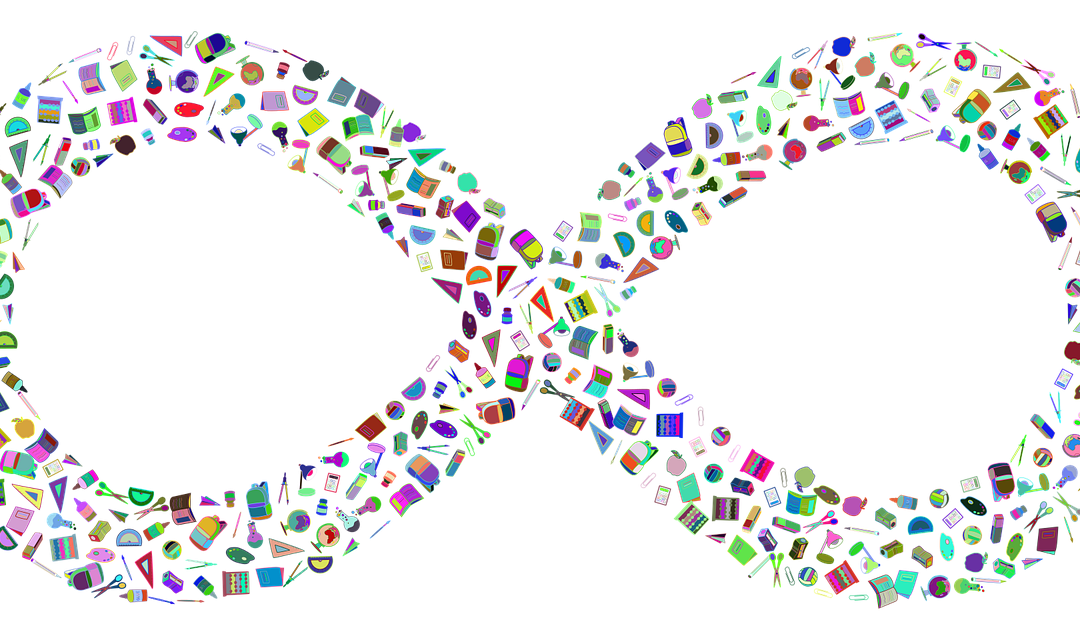arXiv:2403.15437v1 Announce Type: new
Abstract: Computation is central to contemporary mathematics. Many accept that we can acquire genuine mathematical knowledge of the Four Color Theorem from Appel and Haken’s program insofar as it is simply a repetitive application of human forms of mathematical reasoning. Modern LLMs / DNNs are, by contrast, opaque to us in significant ways, and this creates obstacles in obtaining mathematical knowledge from them. We argue, however, that if a proof-checker automating human forms of proof-checking is attached to such machines, then we can obtain apriori mathematical knowledge from them, even though the original machines are entirely opaque to us and the proofs they output are not human-surveyable.
The Role of Computation in Contemporary Mathematics
In the field of mathematics, computation has become a central tool for both problem-solving and proof verification. With the emergence of powerful computational methods, mathematicians have been able to tackle complex problems and explore new areas of mathematical exploration.
One notable example that showcases the significance of computation in mathematics is the Four Color Theorem. This theorem, which states that any map can be colored using only four different colors in such a way that no two adjacent regions have the same color, was famously proven by Appel and Haken using an extensive computer-assisted proof. Their program involved repetitive application of human forms of mathematical reasoning, ultimately leading to the acceptance of the theorem’s validity.
However, the advent of modern Large Language Models (LLMs) and Deep Neural Networks (DNNs) has presented new challenges in obtaining mathematical knowledge. These machine learning models operate in ways that are opaque to human understanding. Unlike the Four Color Theorem proof, which could be dissected and comprehended by mathematicians, the inner workings of LLMs and DNNs remain largely mysterious.
The Opaque Nature of LLMs and DNNs
Understanding the inner workings of LLMs and DNNs is challenging due to their multi-layered structure and reliance on complex mathematical algorithms. These models are designed to learn from vast amounts of data and make predictions or generate outputs based on what they have learned. However, the specific decisions made by the model and the reasoning behind them are often difficult for humans to decipher.
This opacity poses a significant obstacle in obtaining mathematical knowledge directly from LLMs and DNNs. Traditional methods of proof verification, which rely on human comprehension and mathematical reasoning, are not easily applicable to the outputs of these models. Without a clear understanding of why a particular result was generated by an LLM or DNN, it is challenging to establish its mathematical validity.
Proof-Checking Automation
However, there is a possibility to overcome these obstacles by leveraging proof-checking automation. By attaching a proof-checking program that automates human forms of proof-checking to LLMs and DNNs, we can potentially obtain apriori mathematical knowledge from these opaque machines.
Proof-checkers can analyze the outputs of LLMs and DNNs and verify the validity of the mathematical reasoning used by these models. While the original machines remain opaque to us, the embedded proof-checker can provide a level of transparency by systematically assessing the mathematical soundness of their outputs.
This approach requires a multidisciplinary collaboration between mathematicians, computer scientists, and experts in proof theory. By combining expertise from various fields, we can develop proof-checking algorithms that can bridge the gap between the opaque nature of LLMs and DNNs and the need for human-surveyable mathematical knowledge.
Conclusion
The relationship between computation and mathematics is a complex and evolving one. While traditional forms of mathematical reasoning have paved the way for significant discoveries and proofs, the emergence of LLMs and DNNs has introduced new challenges. However, by integrating proof-checking automation into these opaque machines, we can potentially unlock apriori mathematical knowledge and push the boundaries of mathematical exploration. This multidisciplinary approach holds great promise for the future of mathematical research and the development of advanced computational tools in the field.
